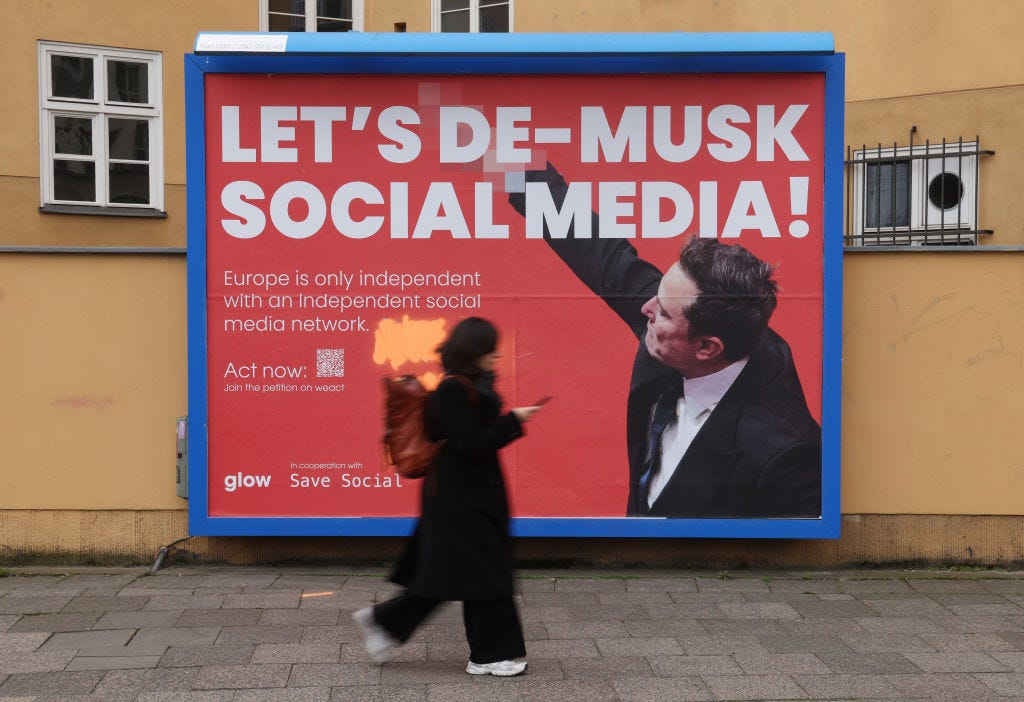Below, Waleed Shahid, the progressive strategist known to Ink readers for his visionary post-election manifesto, asks why powerful elected Democrats are still using X — and whether they can stop cooperating with power and take the necessary steps to break Elon Musk’s stranglehold on the attention economy.
Shahid has worked on campaigns for Alexandria Oca…
Keep reading with a 7-day free trial
Subscribe to The.Ink to keep reading this post and get 7 days of free access to the full post archives.





